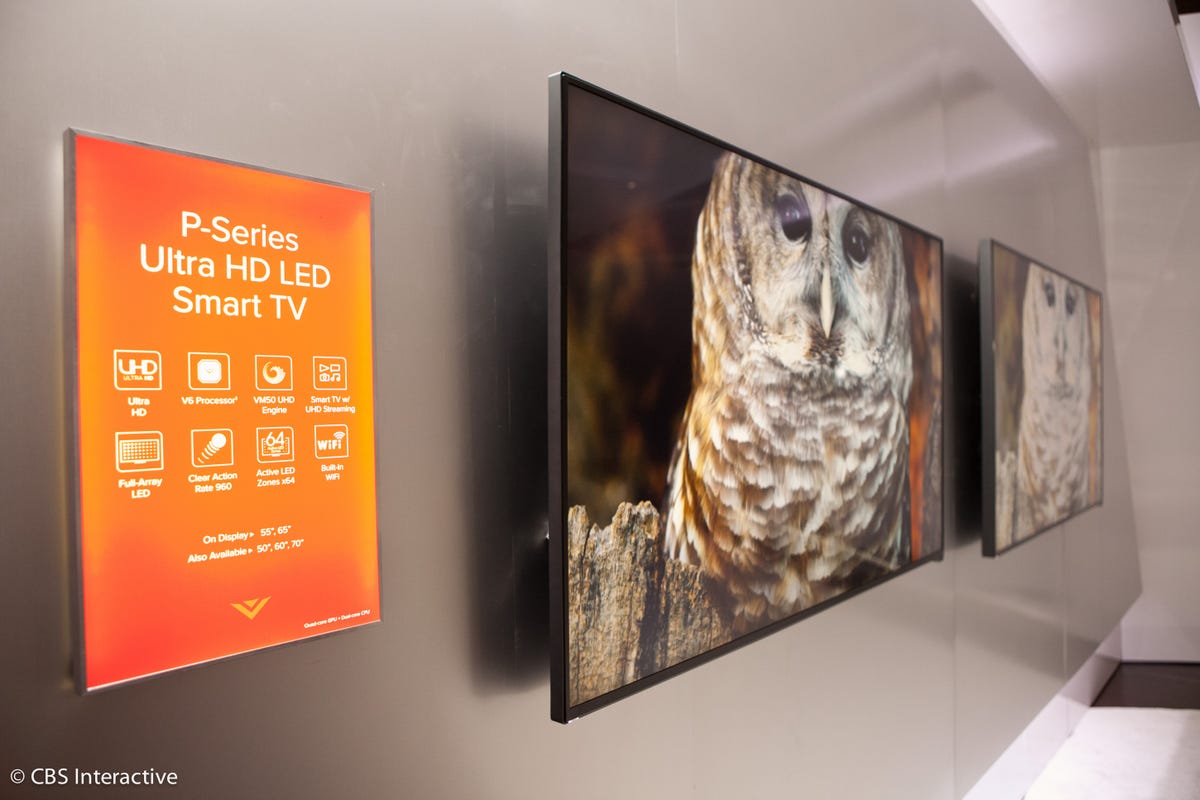The TV industry moves in a predictable yearly price cycle.
New TVs, first announced in January at CES, hit the market in February and throughout the spring, for prices close to the manufacturer’s suggested retail price — but not so close that Amazon et al can’t still claim “20% off.”
As the year progresses those prices typically fall a little, but the steep discounts don’t set in until November, the herald of the holiday season. Often the prices fluctuate slightly throughout the holidays, until the traditional buying spree ends.
Then it’s time for the big game (now-ish), and retailers and manufacturers might offer another round of discounts on models they have left in stock, to make room for the new TVs, announced in January at CES. These discounts generally aren’t as deep as in November, and in some cases prices are slightly higher now. On the other hand, you’ll still save a good deal of money over an equivalent 2014 model.
For any TV’s price history, click on the “See all prices” link on a CNET review, then choose the “Price History” tab. An example is shown above. Another great resource for price tracking is camelcamelcamel.com.
So, now TV prices are generally at their lowest point in the year, the question for prospective buyers becomes: Buy now while the model I want is still available, or wait for a 2014 TV?


Sarah Tew/CNET
Looking for value? Buy now
At CES this year a few new trends were introduced, including curved screens, 4K resolution, newfangled local dimming, and high dynamic range systems.
All of these developments are generally reserved for high-end TVs, however, the ones at the top ends of TV makers’ ranges. Dip below those flagships, into the mainstream, value driven portion of the fleet, and a 2013 TV likely won’t be significantly better than a 2014 model.
And, since that mainstream 2014 model is going to be a lot more expensive than its 2013 counterpart, at least when it first hits the market, there’s little reason to wait.
What’s “mainstream pricing?” To me that means 60 inches for around $1000 to $1300 and 50 inches for $700 to $900. TVs smaller than 50 inches are usually “mainstream,” too, since most TV makers don’t put flagship-level features in those sizes anymore.


Looking for picture quality? Better to wait, usually
On the other hand, if you’re shopping for a cutting-edge TV and are willing to pay a premium for better picture quality, there’s every reason to wait. The flagship models of LED TVs promise to be better than ever–more because of HDR and local dimming than 4K and curved.
Some especially promising examples of new local dimming-equipped LED LCDs include Vizio’s Reference and P series; Samsung’s HU8500; Toshiba’s L9400 and L8400; and Sony’s X950B, X900B, and W950B series.
What about plasma and OLED, you ask? Well, OLED will remain very, very expensive and is not recommendable even to most high-end shoppers. Heck, even after “deep discounts” on LG’s 55-inch 1080p OLED, presumably in advance of the new models appearing, it still costs $4,910.
As for plasmas, if you can find and afford one of the last ones from Panasonic, get it while you can. Our other favorite high-end plasma, the Samsung PNF8500, will continue to be sold, and if you have your eye on it we counsel waiting. Its price could still fall further, especially if the company announces new models. There’s also the possibility that one of those new models will be an 8500 clone, but less expensive.
In sum, now is a great time to buy a TV unless you’re looking for a high-end LED LCD, holding out for 4K, or eyeing a Samsung 8500. Here are some suggestions.




